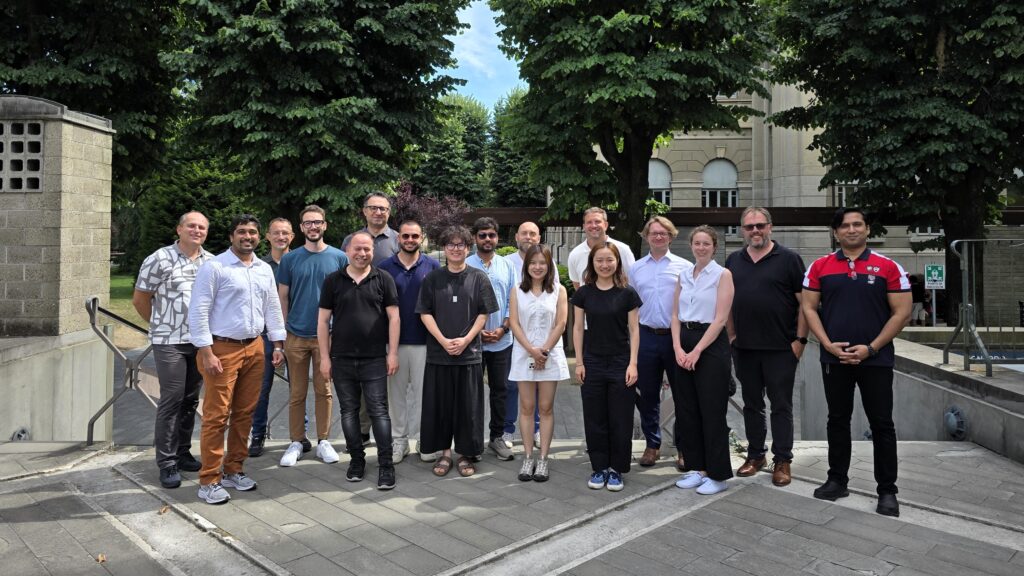The third and final annual meeting of the MIRELAI consortium took place in Milan from June 30 to July 3. Like the previous two editions, it provided an excellent opportunity for cutting-edge research discussions and team building.
Doctoral candidates presented the progress of their studies over the past year. Their presentations, followed by Q&A sessions, demonstrated their growing understanding of electronics reliability, as expected in their doctoral path.
The agenda included a training session led by accelopment, focusing on funding opportunities and proposal writing. Various funding programmes were presented and analysed, with attention to their specific requirements. Evaluation methods and success factors considered in proposal reviews were discussed to help increase the chances of funding success. As an exercise, candidates worked in groups to propose a project, detailing the need, objectives and expected impact, while applying the SMART framework to ensure clear and effective communication.
Experts in the field presented their inspiring work on electronics reliability. Professor Stoyan Stoyanov from the University of Greenwich gave a talk on design-for-reliability modelling, addressing the challenges of high-reliability electronics. He presented a detailed study on stresses that develop in solder joints—one of the major causes of electronic failure—and the use of underfills to extend their Remaining Useful Life (RUL). Dr Bart Vandevelde from imec gave a presentation on real-time monitoring of electronic components operating under harsh conditions, sharing a case study involving a transportation company and the collection of long-term reliability data. Finally, Professor Alberto Corigliano from Politecnico di Milano presented work on the use of deep and reinforcement learning for structural optimisation, highlighting how AI can facilitate optimal design in electronics to improve reliability.
Participants visited the offices of Technoprobe SpA in Cernusco Lombardone, which hosts an advanced facility for the prototyping, production and inspection of probe cards—interfaces used to test integrated circuits (ICs) on silicon wafers—and their components. They also toured PoliFab, a facility at Politecnico di Milano developed in collaboration with STMicroelectronics NV. PoliFab offers access to advanced technological equipment and processes for micro- and nanoelectronics, advanced materials and more, supporting researchers from the university, start-ups and companies.
The annual meeting concluded with team-building activities, including a visit to Montevecchia for its breathtaking views of the Brianza region and a half-day tour of Monza, featuring visits to the museum in the Basilica of St John the Baptist and the Theodelinda Chapel.
With this final meeting, the doctoral candidates reached one of the last milestones of the MIRELAI programme. They will now prepare to present their next research advances at EuroSimE 2026 in Warsaw, Poland, during a MIRELAI-dedicated session.

